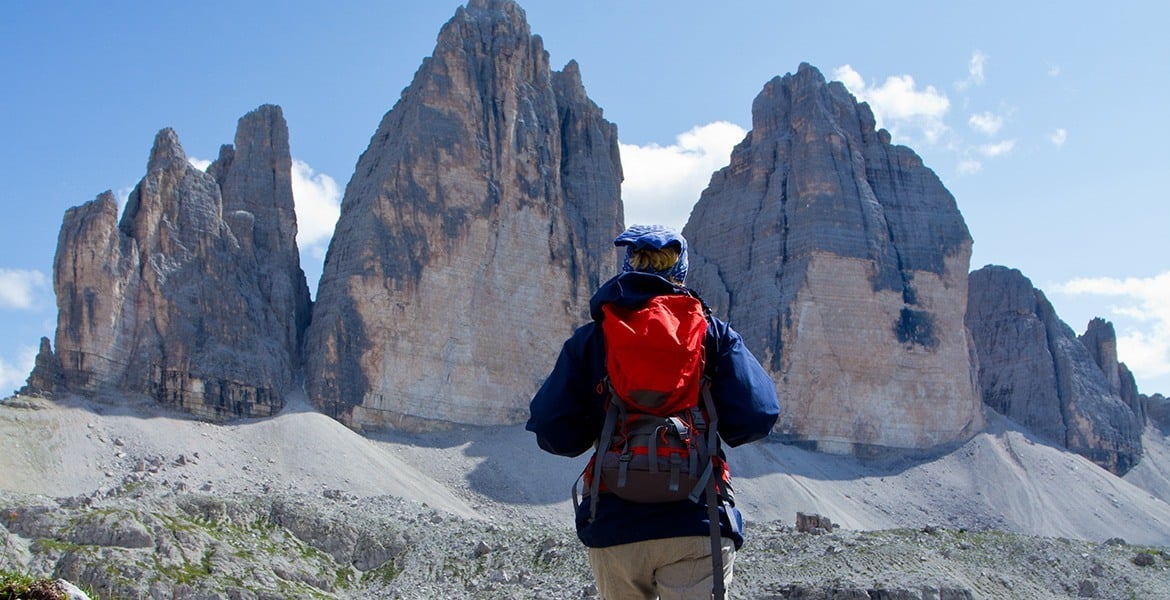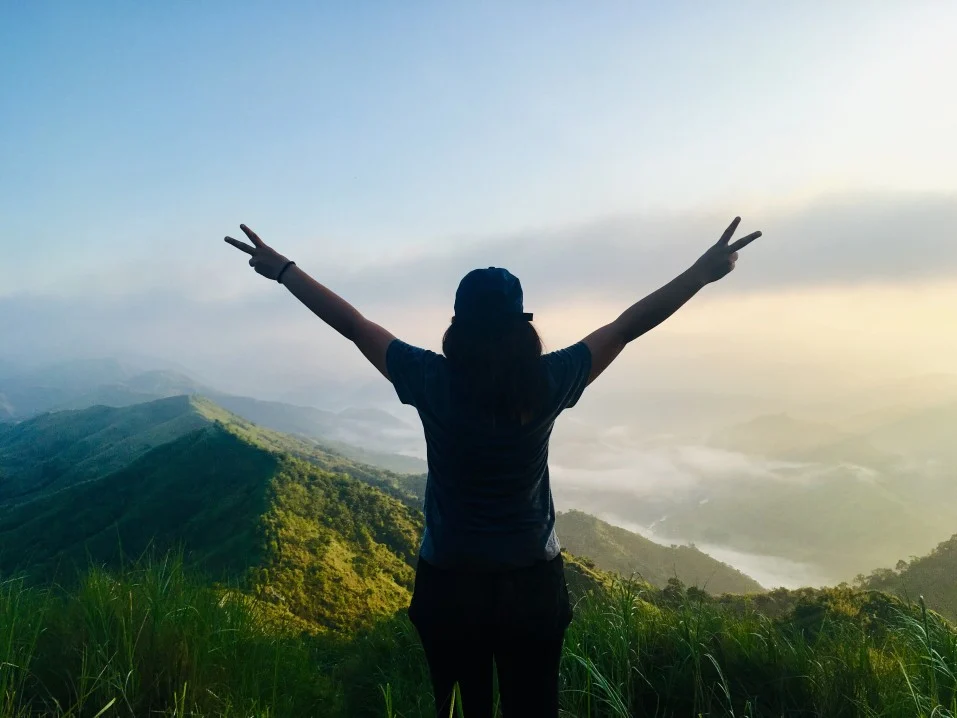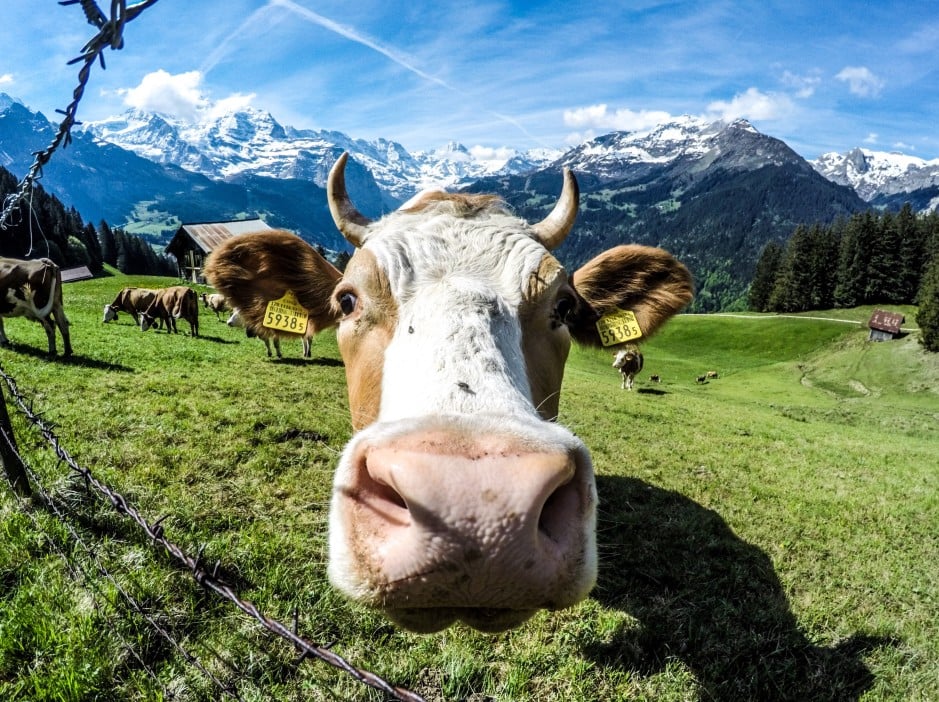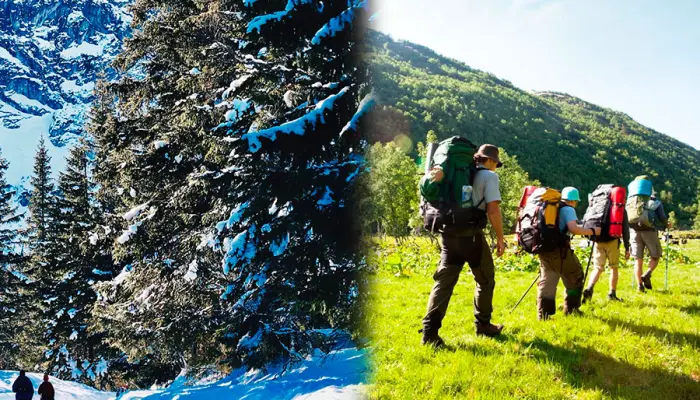Hiking is a peaceful sport that has become one of the most popular physical activities in recent years. Mountain enthusiasts, craving movement and experiences, are drawn to high-altitude regions where they can enjoy fresh air and gain benefits for both body and soul. However, with the increasing number of hikers, the strain on hiking trails and nature grows.
Therefore, it's important to follow basic hiking rules to avoid harming nature while engaging in this sport. Whether it’s a herd of cows on the trail, discarding fruit in the forest, or proper mountain etiquette, all hikers are guests in the beautiful outdoors and should be aware of the basic unwritten rules.
Below, we've summarized the most important rules that will help protect you, nature, and good manners on hiking trails.
Golden Rules in the Mountains
Be Informed and Prepared Every Day

Plan your routes with knowledge of the terrain. It’s you who will be tackling the daily stages, so carefully study route descriptions day by day before setting out.
Have Necessary Equipment
Good shoes/boots, a sturdy backpack, suitable clothing, food and drink, a map, first aid kit, mobile phone, and many other small items. The list of what to take on a hike is very long, and you can find it in our 13 tips for hiking or in the practical information about the trip. By the way, it’s better to take a bit more than walk all day wet without the possibility to change clothes.
Never Leave Garbage
The backpack is perfectly packed, and there's plenty of fruit and healthy snacks. The apple is eaten in five or six bites, but what about the core? Can you just throw the apple into the forest floor? When it comes to local seasonal fruits, they rot quickly or might become a festive treat for a wild animal.
However, bananas and other tropical fruits are a different story. Local animals usually can’t eat them, and they're treated with pesticides. They rot too, but much slower in our latitudes. Tip: To be on the safe side, bring a “trash can” in your backpack, where you store everything you brought on the hike, including fruits and other food. In the towns, you’ll easily dispose of it in trash bins, causing no harm to the environment.
Keep an Eye on Mountain Weather

It's important to check the weather before heading out for a day's hike. Find out at your overnight place whether the weather is stable or, for example, if there’s a risk of a storm. If a storm is looming on the horizon, it’s better to turn back, avoid mountain peaks and ridges, and seek shelter in valleys.
Know Your Physical Condition and Pace
Be realistic about your own abilities and choose only those routes you can enjoy. Always start your hike at a relaxed pace and gradually find the ideal rhythm. Take frequent short breaks, even if only for a minute or two. If you’re hiking in a group, the group’s pace is always determined by the slowest member - this is especially important for family hikes.
Do Not Stray from the Path

Never seek shortcuts or new routes on your own. Stay on safe and marked hiking trails. Sometimes it's important to be vigilant, for example, if it’s wet. Don’t step on stones, as falling rocks can harm other hikers and animals. If you do get lost, you can use an app on your phone (like the Bering Travels app, which also works offline).
Stay Calm in Emergencies
If you truly find yourself in trouble, it's important to stay as calm as possible. Call for help with your mobile phone, attract the attention of other hikers by shouting, waving, or flashing a light. If someone in the group is injured, make sure you move the injured person out of the danger zone, and never leave them alone.
Dealing with Alpine Cows

Cows are not aggressive, on the contrary, they are more likely to run away than attack. But what's the best way to walk through a herd of cows in the middle of a trail?
If you encounter a herd of cows in the mountains, it’s still best to be cautious. Cows, for example, will protect calves, a bull will protect the herd, and calves are often just curious and want to say hello. For this reason, it's important to pay close attention to what's happening in the herd as you pass them. Again, it’s important to stay on the trail, and if you have to cross a pasture, keep your distance, avoiding sudden movements. We do not recommend petting, feeding, or getting too close to the animals.
